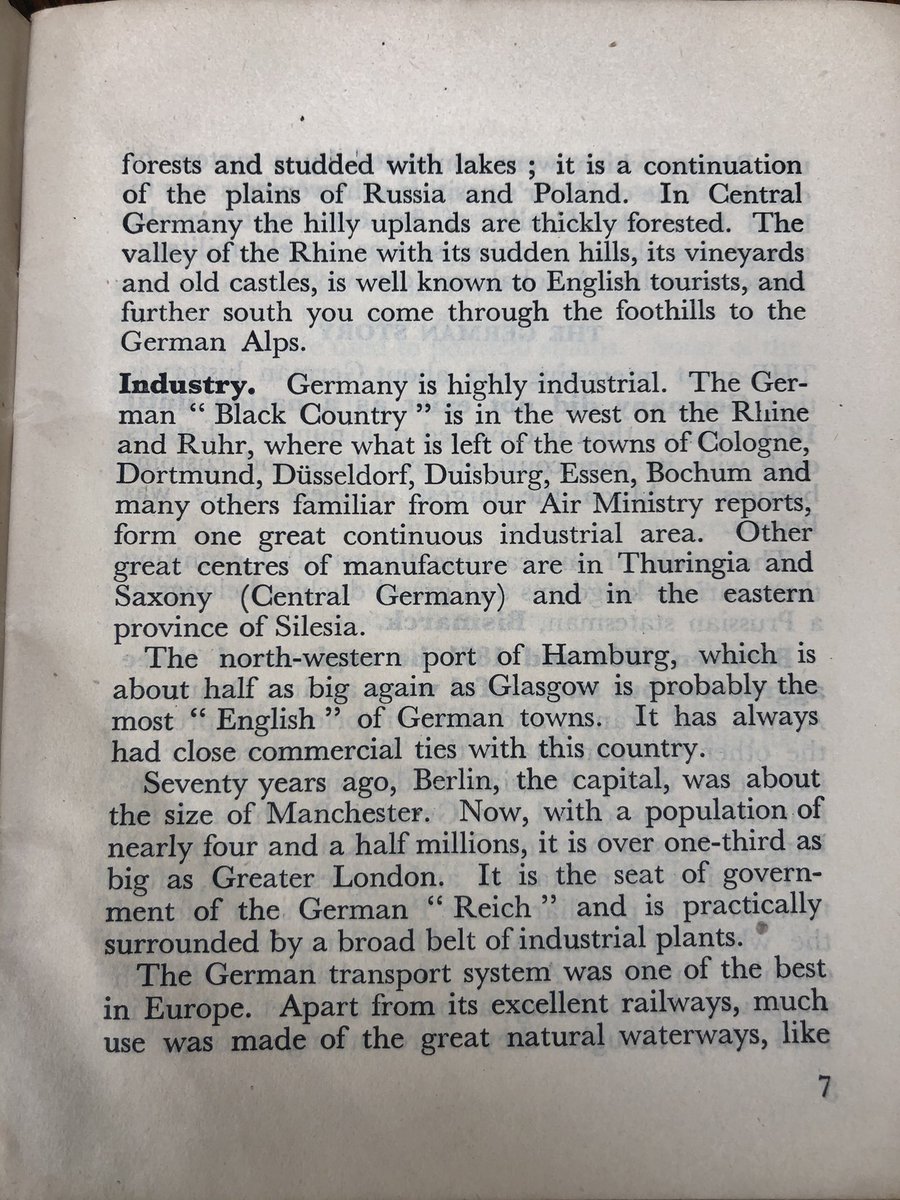
#deanehistory 84. With grateful thanks to @ConradOliveira who really has gone above and beyond on the research for this one.
This is the story of Hardit Singh Malik, “the Flying Sikh.”
This is the story of Hardit Singh Malik, “the Flying Sikh.”
Malik was born in the Punjab at the end of the 19th Century, into a wealthy family. His passion for flight developed early, competing with flying kites with cords coated in powdered glass, which one used to cut up one’s rival’s kites. Don’t say you didn’t learn something today.
He was schooled in the UK, and went up to Balliol not long before the war. Blues in cricket and golf followed, and he was playing for Sussex against Kent on the day war with Germany was declared. He tried to join up – but was told he was the wrong colour.
So he volunteered for the French Red Cross, spending over a year driving an ambulance on the Western Front. Through this he applied to, and was accepted by, the fledgling French Air Service.
His Oxford tutor asked our own Royal Flying Corps why his brave pupil wasn’t good enough for the British forces if our allies the French would have him, and via this handy connection he was commissioned by the RFC in 1917.
Thus, he apparently became the first Indian in any flying service in the world. He stood out amongst his peers as the sole first fighter pilot sporting a turban and beard, wearing an oversized helmet to fit over his turban – hence the affectionate nickname ‘The Flying Hobgoblin’.
He got his wings in less than a month and was soon qualified to fly the Sopwith Camel.
So it was that by repeated insistence of his desire to serve that this man found himself in some of the biggest dogfights in the history of aviation, in the most intense period of combat in the air in the last two years of the First World War.
In one such battle, as over a hundred British and German fighters scrapped above the trenches, Singh shot down his first German.
Modern sensibilities might not care for the way he recollected it: “after much manoeuvring, each trying to get on the other’s tail, I got him and had the satisfaction of seeing him go down in flames.”
One attack in October 1917 saw Malik’s unit in pursuit of The Red Baron’s Flying Circus, which younger readers will be surprised to know was actually a thing and not just a Monty Python gag.
They were caught by surprise by a large number of German fighters.
They were caught by surprise by a large number of German fighters.
Whilst Hardit Singh shot one down, his aircraft was struck by over *400* bullets, two of which pierced his leg. Seriously, wounded, and with his petrol tank hit, he crash-landed in Flanders. He survived, having lost much blood and broken his nose.
The bullets that had hit him had come through the fuel tank, slowing their velocity if rather increasing the risk of fire. Injured and unable to climb with his petrol tank holed, Malik still shot the German down.
After a stint in hospital, he rejoined his squadron in Italy. Where the Germans failed, allergy succeeded: he developed an allergy to the castor oil used in the Sopwith Camel's rotary engine and was sent home.
Towards the end of the war, having recuperated, Malik returned to service flying home defence missions from Biggin Hill.
During this posting he had a break in the London home of a wealthy family converted into a hospital for the RAF when his nose was finally operated on.
During this posting he had a break in the London home of a wealthy family converted into a hospital for the RAF when his nose was finally operated on.
He recalled living in real luxury, including wine from the family’s well-equipped cellars which was at the patients’ disposal. My sort of hospital.
After his operation he was redeployed to France and was there until the Armistice.
After his operation he was redeployed to France and was there until the Armistice.
After the war, he returned home. He thought about joining the Indian RAF, but the forces in peacetime was less openminded than during war and he again ran into a colour bar.
So he joined the Indian Civil Service, became Prime Minister of Patiala State – a position which saw him becoming quietly influential in India’s progress to independence.
He also served as Indian High Commissioner to Canada and then Ambassador to France, and was instrumental as a politician in committee work that saw Indian officer cadets finally trained in a programme that led to the founding of the Indian Air Force in 1932.
After retirement in 1956, he returned to his first love, golf, becoming one of India's finest players – despite two German bullets still embedded in his leg.
The ‘Flying Hobgoblin’ died on 31 October 1985, three weeks before his 91st Birthday.
The ‘Flying Hobgoblin’ died on 31 October 1985, three weeks before his 91st Birthday.
• • •
Missing some Tweet in this thread? You can try to
force a refresh

















